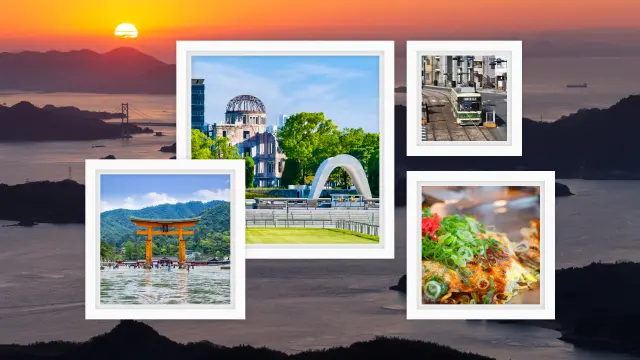
Enjoy Nature's Masterpiece and Exquisite Cuisine! 31 Things to Do in Hiroshima
Embark on an expedition of highlights in Hiroshima, the sought-after home of World Heritage Sites, magnificent views created by the Seto Inland Sea and marvels of architecture at historic buildings that mingle perfectly with nature. Go ahead and see how a visit here will reveal countless destinations to explore. Foodies will be delighted to know that both mountain and sea have fully seasoned the food scene in Hiroshima. Below is a roundup of why we love Hiroshima, complete with popular tourist spots, eateries and stays. Read to the end and get inspired for your next trip in Hiroshima.









